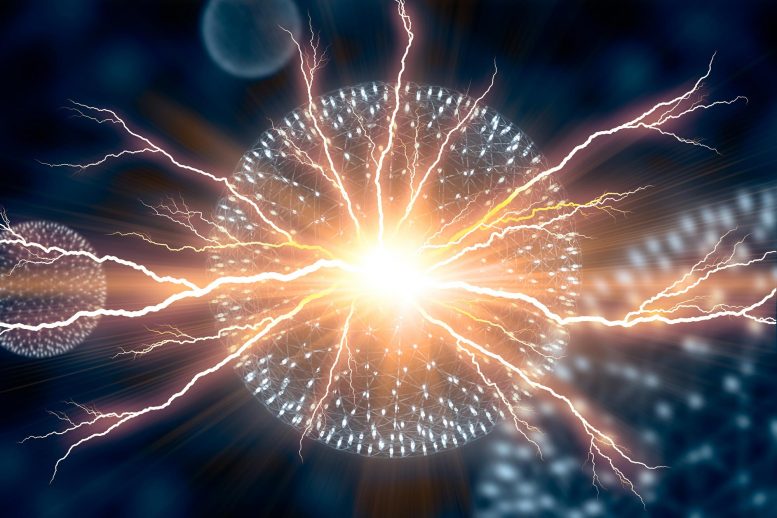
Triboelectric nanogenerators (TENGs) capture hidden energy from vibrations in the environment, such as wind or static electricity. These affordable devices can power small electronics like phones, pacemakers, and sensors.
Imagine a mobile phone charger that doesn’t need a wireless or main power source. Or a pacemaker with inbuilt organic energy sources within the human body.
Australian researchers led by Flinders University are picking up the challenge of ‘scavenging’ invisible power from low-frequency vibrations in the surrounding environment, including wind, air, or even contact-separation energy (static electricity).
“These so-called triboelectric nanogenerators (or ‘TENGs’) can be made at low cost in different configurations, making them suitable for driving small electronics such as personal electronics (mobile phones), biomechanics devices (pacemakers), sensors (temperature/pressure/chemical sensors), and more,” says Professor Youhong Tang, from Flinders University’s College of Science and Engineering.
Further research aims to further develop this renewable form of energy harvesting by designing simple fabrication from cheap and sustainable materials, with high efficiency.
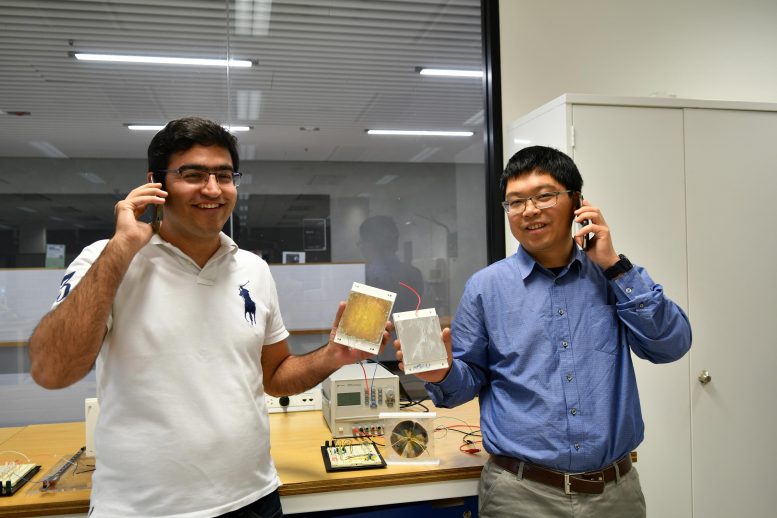
PhD candidate Mohammad Khorsand and Professor Youhong Tang with the TENG prototype at Flinders University, Tonsley Innovation District in Adelaide, South Australia. Credit: Flinders University
“They can use non-invasive materials, so could one day be used for implantable and wearable energy harvesting aims,” says Flinders Institute for NanoScale Science and Technology PhD candidate Mohammad Khorsand, co-lead author on recent papers in the international journal Nano Energy.
The latest paper uses AI-enhanced mathematical modeling to compare the function of the number of segments, rotational speed, and tribo-surface spacing of an advanced TENG prototype to optimize the storage and performance.
The researchers, with colleagues at the University of Technology Sydney and elsewhere, are working to improve power generation of TENGs and store the generated power on supercapacitor or battery.
“We have been able to effectively harvest power from sliding movement and rotary motion which are abundantly available in our living environment,” says Professor Tang.
References:
“Artificial intelligence enhanced mathematical modeling on rotary triboelectric nanogenerators under various kinematic and geometric conditions” by Mohammad Khorsand, Javad Tavakoli, Haowen Guan and Youhong Tang, 30 May 2020, Nano Energy.
DOI: 10.1016/j.nanoen.2020.104993
“Simulation of high-output and lightweight sliding-mode triboelectric nanogenerators” by Mohammad Khorsand, Javad Tavakoli, Kudzai Kamanya and Youhong Tang, 14 September 2020, Nano Energy.
DOI: 10.1016/j.nanoen.2019.104115
Key points:
- The first generation of triboelectric nanogenerators (TENGs) was fabricated at the Georgia Institute of Technology in the US about 10 years ago.
- Research at Flinders University is aiming to design cost-effective and high-efficient sliding and rotary TENGs for further development and possible commercialization.
- This research on the next generation of TENG is using AI and simulation modeling to reduce the cost of repeating the experiment for various conditions.
- The research team is focusing on numerically predicting the outputs of TENGs by measuring their voltage, current, power and energy under various electric specifications and geometries of dielectric films.

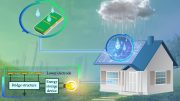

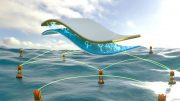
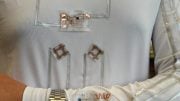

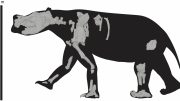


Wonderng if “TENGS” can be extended to provide energy to the cells in the human ecosystem and control the food intake which currently provides energy that cells in the human ecosystem require. The neurons and electrical energy network in the human ecosystem and its efficient management to prevent heath problems in humans appears to be an unexplored area.
Also, the relationship between telomers and the deterioration of the same, resulting in aging (in mammals?) and the human ecosystem and death is another fascinating area of underfunded research. Have always wondered why a tortiose can live for 300 plus years and lifetimes of many mammals vary from a decade to a century plus.
The dream of fountain of youth appears to be much closer!
very good